There can be your advertisement
300x150
How Not to Fight with a Designer and Not End Up With a Nose. 8 Critical Mistakes by Professionals
Our post is primarily for designers, but it will also be useful to clients — real and potential.
Why sometimes work on a design project turns into a nightmare — for both the designer and the client? And how to avoid this? We tell you.
Don't specify the expected budget with the client
Why do you need this? Not for tax purposes, is it?
Often, beginning designers are afraid to ask the client direct questions about their finances. But without these, as well as without a trusting dialogue with the client, it's impossible to make a good project.
What to do? There is only one solution — explain that this is not idle curiosity, but a way to effectively plan expenses and time. Ultimately, it's beneficial for the client first of all — they should recognize this.
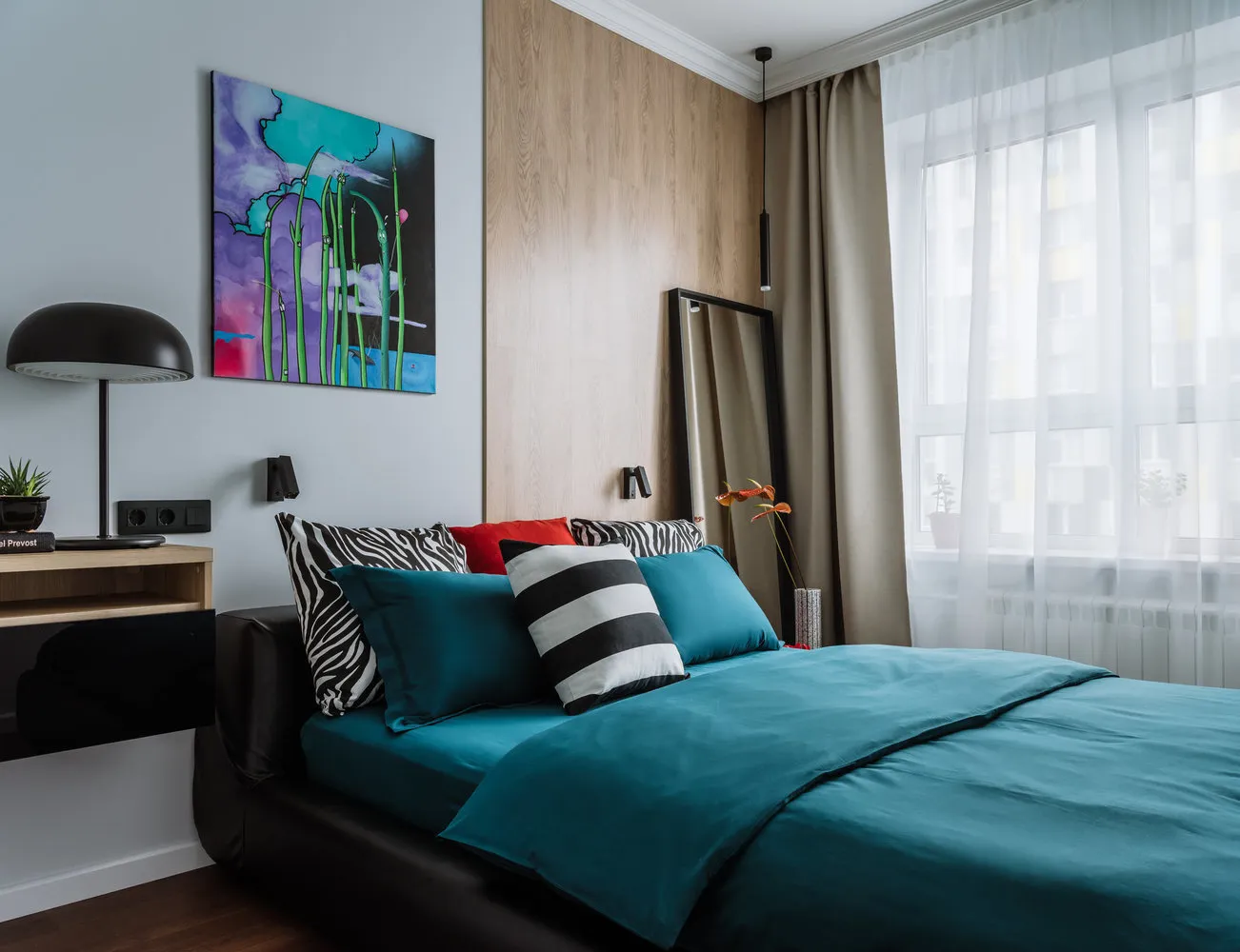 Design: Maria Rubleva. View the full project
Design: Maria Rubleva. View the full projectNot conveying the idea to the client and giving in to their demands
Let's make the tiles brighter, and a row of lights on the ceiling!
A beginning designer is afraid to insist on their own views again, especially if it's the first project, and begins to make all kinds of adjustments and requests from the client without exception. In the end, a perfectly good design project becomes something strange.
What to do? The most important thing is never to get angry, but to calmly convey your vision of the project to the client and justify why it should be this way, not otherwise. Author's style is an important component of a successful designer, because that's what clients will come back to.
 Design: VAE Design & Architecture. View the full project
Design: VAE Design & Architecture. View the full projectFilling the project with ideas that are hard to implement
How beautiful! Is it really possible?
Transferring 'wet zones', placing the toilet far from the stack or connecting a balcony which is hard to coordinate. This happens either due to inexperience of the designer, or because of lack of mutual understanding with the client who, in turn, is not familiar with construction and norms.
What to do? Simple: consult with equipment manufacturers and builders during the interior design planning stage.
 Design: Elena Tambieva. View the full project
Design: Elena Tambieva. View the full projectAdding materials and furniture to the project that are unaffordable for the client
What? One sofa for 100 thousand?!
Usually, this happens because an inexperienced designer mainly creates 3D projects and is not familiar with the market of materials, furniture, and decor. Also, they haven't discussed the budget with the client in advance.
What to do? You can avoid such situations by discussing all costs with the client in advance.
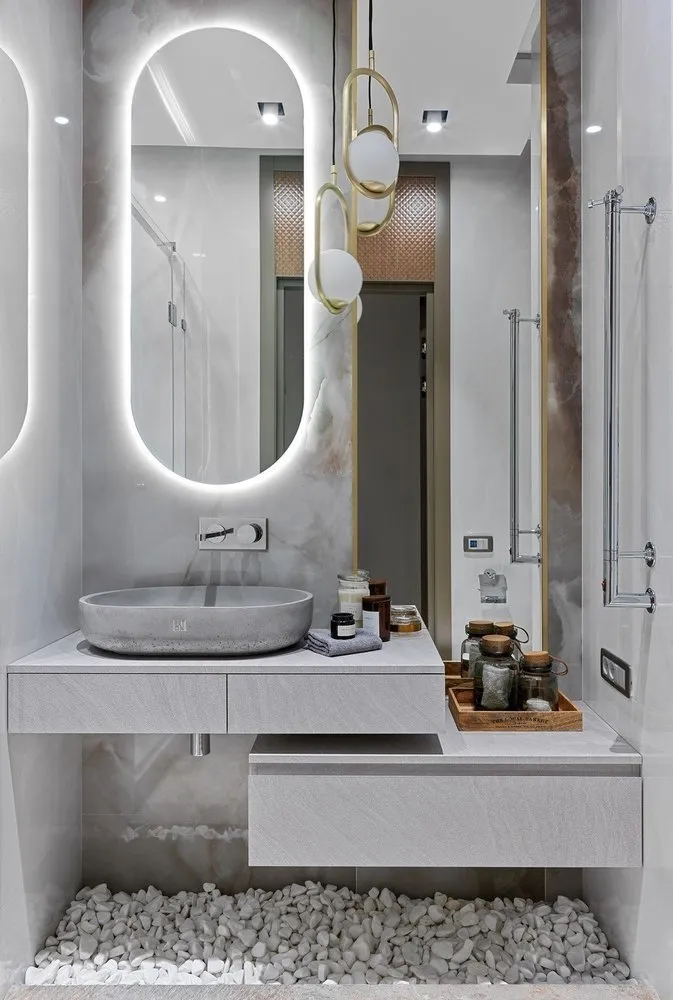 Design: Maria Rubleva. View the full project
Design: Maria Rubleva. View the full projectMaking an interior non-functional
When you go to the kitchen, bend your head to avoid hitting the chandelier.
Sometimes in a very beautiful interior it's impossible to live comfortably: it's uncomfortable here, dark there, walking through the corridor you trip over the threshold, and when exiting the shower, you reach for a towel across the entire bathroom.
What to do? A designer should also be an architect. And a real professional understands this. In Europe, for example, these two professions are inseparable, but in Russia — not always.
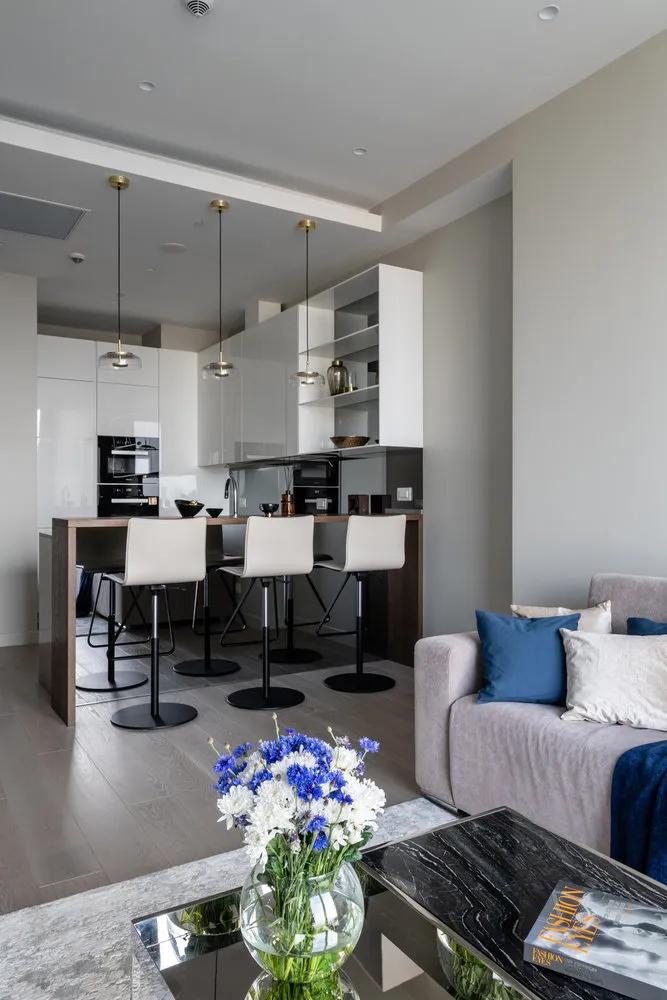 Design: Lina Knyazeva. View the full project
Design: Lina Knyazeva. View the full projectOverloading the interior
Why do we need so many table lamps?
A designer with few implemented projects tries to add as many meaningful or special details as possible to the interior — to decorate it. In the end, the interior becomes overloaded with these elements.
What to do? Learn to distinguish between essential and secondary elements. If it's the client’s wish — learn how to convince them, compromise, find a solution together, but simplify and declutter the space.
 Design: Irina Shevchenko. View the full project
Design: Irina Shevchenko. View the full projectKeeping the client in the dark during renovation
Excuse me, are you still working on our project?
The work on the project is in progress, and the designer stays silent. Why? Doesn't want to bother the client unnecessarily. But they're wrong.
What to do? There are people who really like not being disturbed over small things, but such cases are rare. Most clients want to know about the project progress and details of what happens at each stage.
 Design: Maria Polianskaya. View the full project
Design: Maria Polianskaya. View the full projectNot explaining to the client the importance of author supervision
Can anything from this design project actually be implemented?
The client receives an album with beautiful pictures from the designer, hands them over to the construction team, rubs their palms in satisfaction and… it turns out that such tiles are not available, the built-in wardrobe size doesn't match the niche, and the refrigerator can’t be connected. In the end, the client spends time, nerves, money, and doesn't get the desired interior.
What to do? It's necessary to convey to the client an important idea: author supervision is an essential continuation of the design project. And to get a result "as on the picture", the designer needs to personally participate in all stages of project implementation — from rough work to decoration.
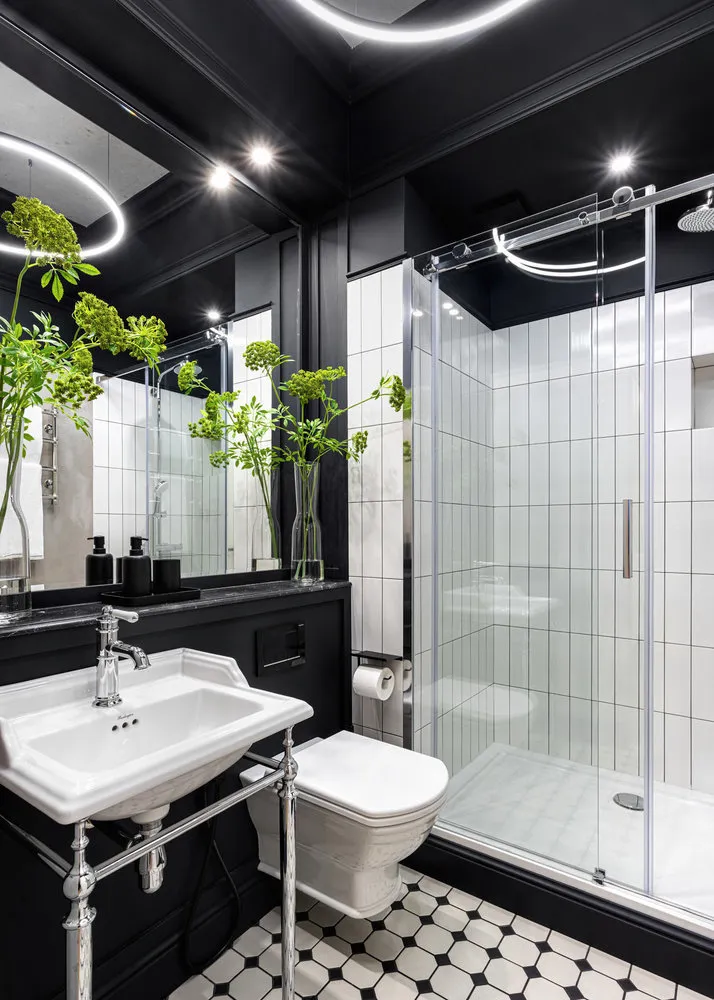 Design: Irina Shevchenko. View the full project
Design: Irina Shevchenko. View the full projectCover: project by bureau 'Berega'
More articles:
 How to Grow Seedlings: Personal Experience + Instruction
How to Grow Seedlings: Personal Experience + Instruction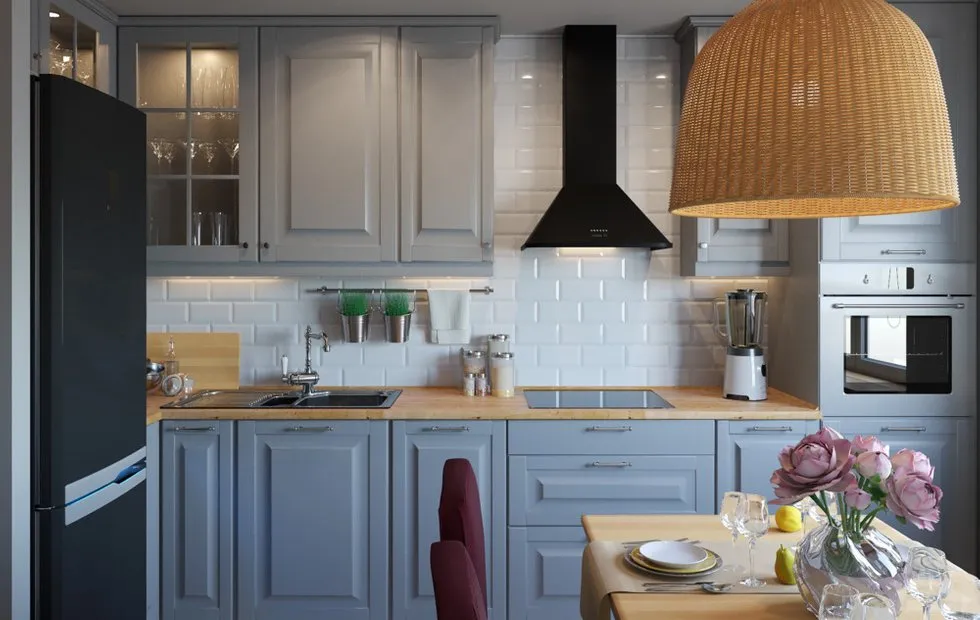 How to Use the IKEA Kitchen Planner: Instructions + Tips
How to Use the IKEA Kitchen Planner: Instructions + Tips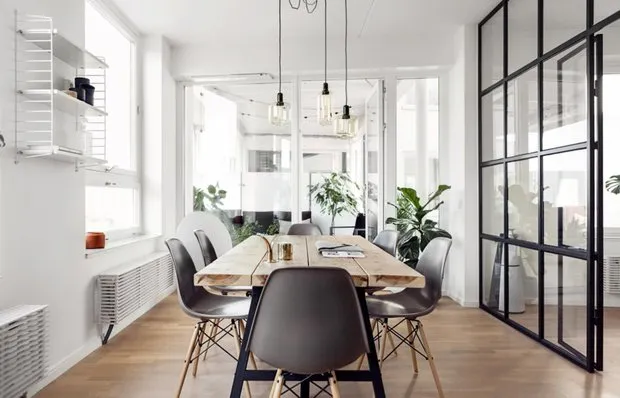 How to Do a Renovation Without Going Over Budget
How to Do a Renovation Without Going Over Budget Redesign in 2020. What to Approve if You Need to Redesign an Apartment or Country House
Redesign in 2020. What to Approve if You Need to Redesign an Apartment or Country House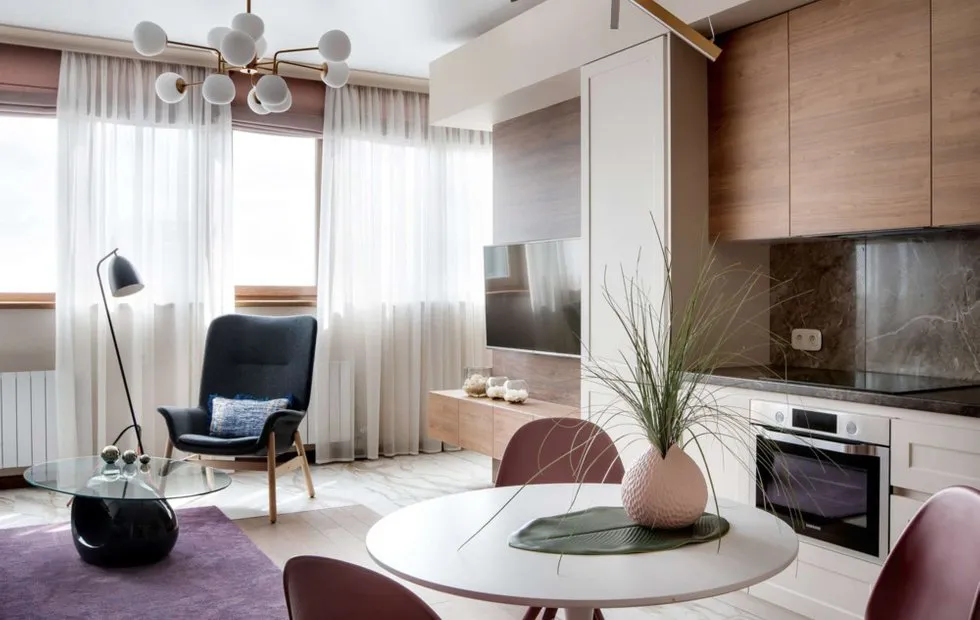 Relocation of a One-Room Apartment in a New Building: How It Was Done
Relocation of a One-Room Apartment in a New Building: How It Was Done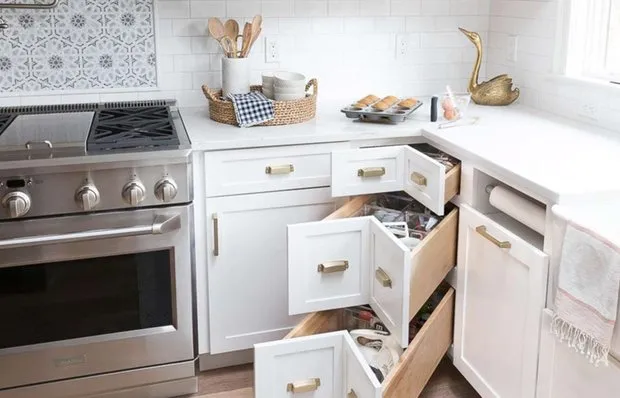 How to Organize Kitchen Cabinets Once and for All
How to Organize Kitchen Cabinets Once and for All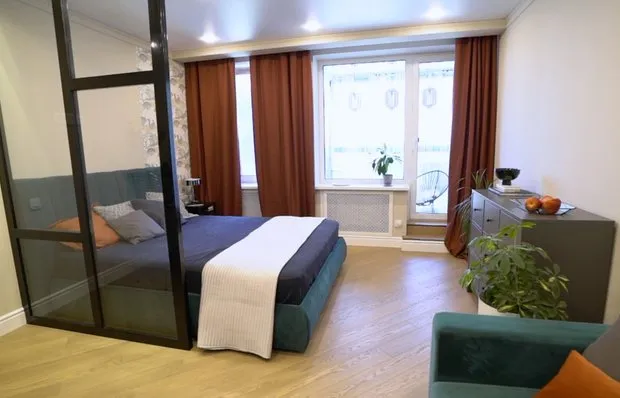 How to Arrange a Kitchen, Bedroom, and Living Room in a 33 m² Apartment?
How to Arrange a Kitchen, Bedroom, and Living Room in a 33 m² Apartment? Brick Walls, Loft Bed, and Balcony Room — Unusual Loft Design by Designer
Brick Walls, Loft Bed, and Balcony Room — Unusual Loft Design by Designer